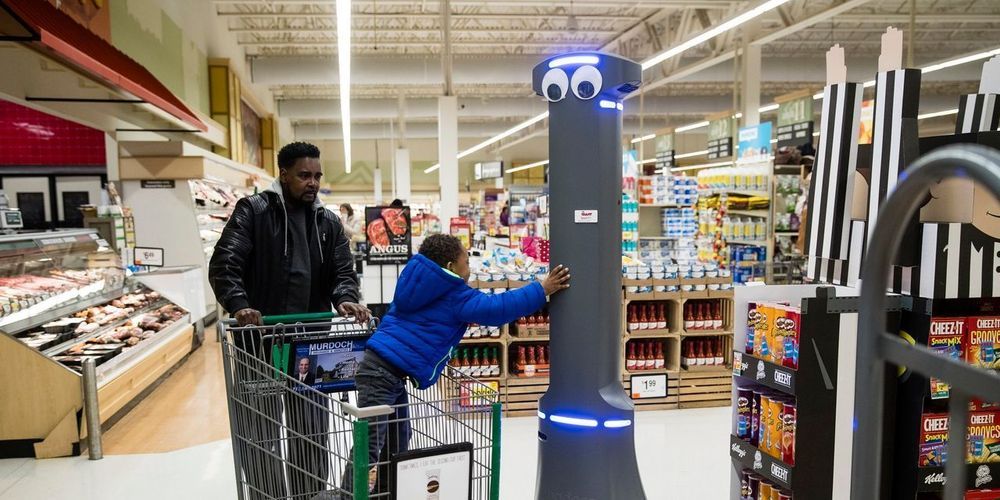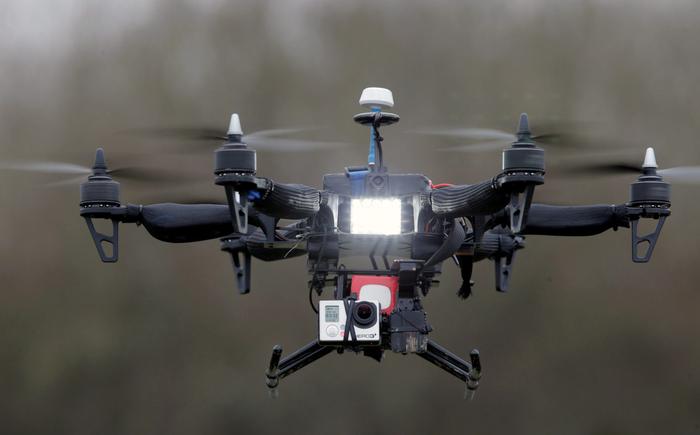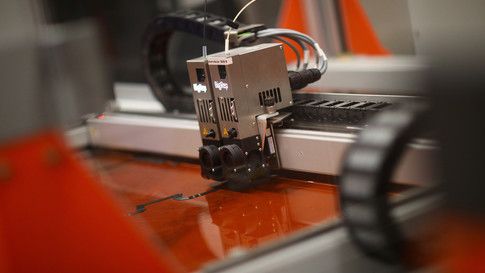Automatons are starting to cruise supermarkets looking for spills, counting soup cans and learning to make way for spooked humans.




Using a robot to treat brain aneurysms is feasible and could allow for improved precision when placing stents, coils and other devices, according to late breaking science presented today at the American Stroke Association’s International Stroke Conference 2020.
Robotic technology is used in surgery and cardiology, but not for brain vascular procedures. In this study, Canadian researchers report the results of the first robotic brain vascular procedures. They used a robotic system specifically adapted for neurovascular procedures. Software and hardware adaptations enable it to accommodate microcatheters, guidewires and the other devices used for endovascular procedures in the brain. These modifications also provide the operator additional precise fine-motor control compared to previous system models.
“This experience is the first step towards achieving our vision of remote neurovascular procedures,” said lead researcher Vitor Mendes Pereira, M.D., M.Sc., a neurosurgeon and neuroradiologist at the Toronto Western Hospital, and professor of medical imaging and surgery at the University of Toronto in Canada. “The ability to robotically perform intracranial aneurysm treatment is a major step forward in neuro-endovascular intervention.”

Europe’s first fast food delivery service by drone will start in south Dublin in a matter of weeks, according to Manna Aero founder, Bobby Healy.
Speaking today on Independent.ie’s technology podcast, The Big Tech Show, Mr Healy said that the public service will be launched in a south Dublin suburb with 30,000 people in March. He said that the three-minute service will deliver food from several chains.
“Camile Thai is a partner on the food side,” he said. “Next Tuesday, we will formally announce the name of a major online food player that everybody knows.”
Video Friday is your weekly selection of awesome robotics videos, collected by your Automaton bloggers. We’ll also be posting a weekly calendar of upcoming robotics events for the next few months; here’s what we have so far (send us your events!):
Let us know if you have suggestions for next week, and enjoy today’s videos.
These videos show some highlights from the Lake Kivu Challenge, which took place in Rwanda earlier this month. In addition to a conference and forum, international teams and their drones competed in emergency delivery, sample pick-up, and find and assess tasks.



The future of bioprinting looks promising from a technical and scientific perspective, but it’s far from clear how it will be regulated.
Australian scientists have made a key breakthrough in a desperate bid to develop a vaccine for the killer coronavirus.
Researchers at the University of Queensland are making a fast-tracked attempt to make a cure for the disease, which has killed more than 2,200 people worldwide.
There are now dozens of Australians suffering from the respiratory disease, with 47 contracting it on the Diamond Princess cruise ship in Japan.